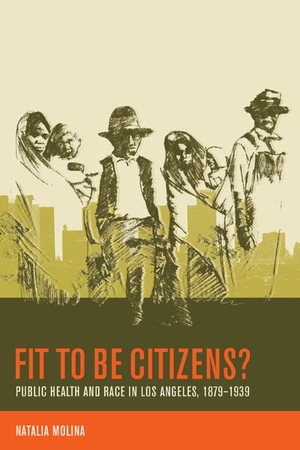This excerpt is from an essay that originally appeared on Public Books, and it is reproduced here with permission.
by Natalia Molina, author of Relational Formations of Race, Fit to Be Citizens?, How Race Is Made in America.
I remember the first time I cried in an archive. I was doing research in 2001 in the Archives of the Secretary of Exterior Relations in Mexico City, which houses the papers of Mexican consulates in the US. I came across a 1916 document about the quarantine station at the US-Mexico border in El Paso. The document described how Mexicans who lived in Juárez and crossed the border every day to their jobs in El Paso were regularly stripped naked and forced into showers while their clothes were washed in kerosene—all at the direction of the US Public Health Service. The stated rationale for this practice was that Mexicans were the cause of a typhus outbreak in the US, even though Mexicans had only been associated with four cases in the previous months. When a local jail adopted the same practice, using a kerosene solution to deal with an outbreak of lice, someone lit a match and the explosion killed all 20 Mexican prisoners.
I cried because of the cruelty and dehumanization. But I also cried because these conditions were not the exception but the rule for Mexican laborers at the turn of the century. I was well into writing my first book, Fit to Be Citizens? Public Health and Race in Los Angeles, 1879–1939, and I knew that workers would continue to be treated as either the solution or the problem, depending on demand for cheap labor in the US, for decades to come.



